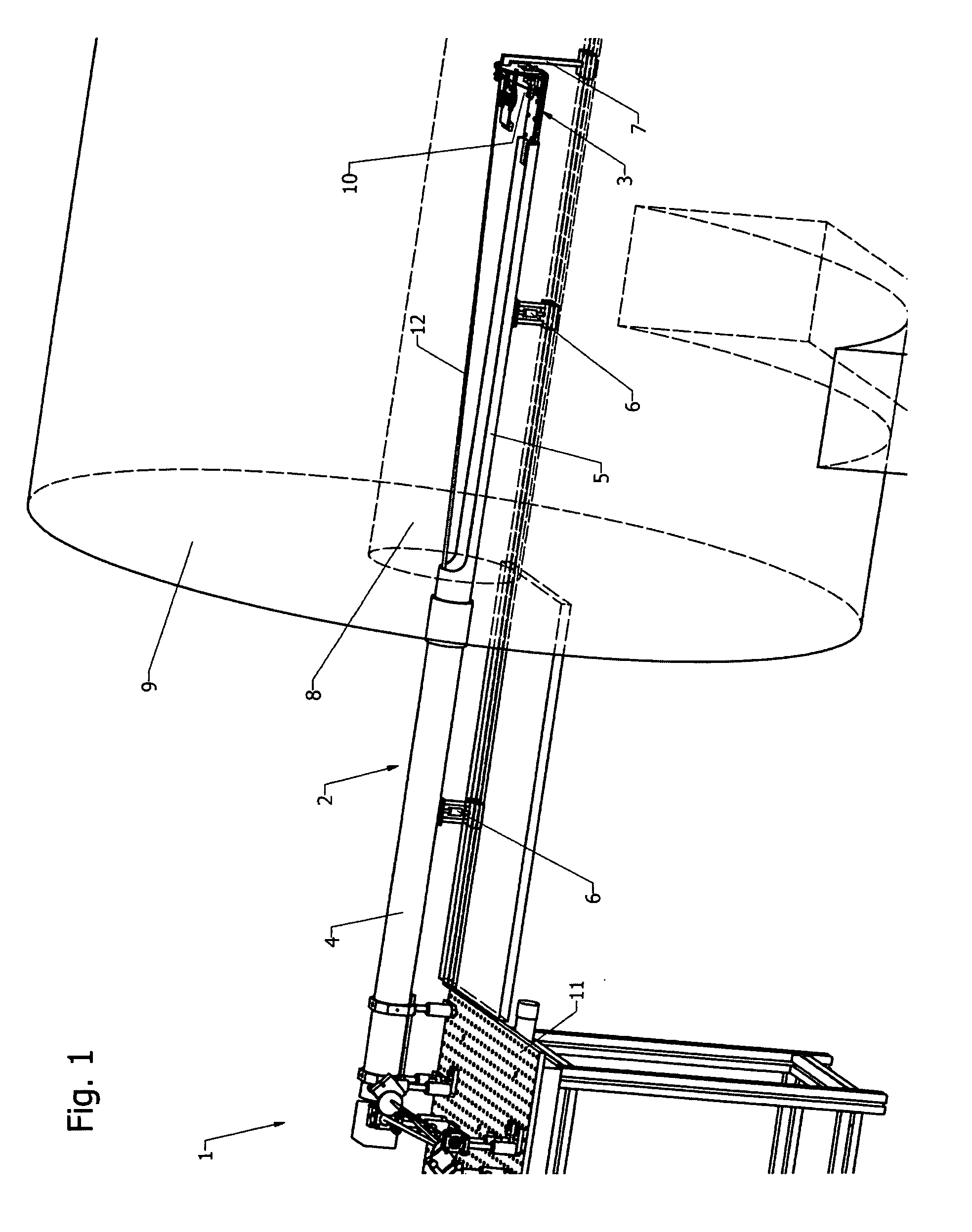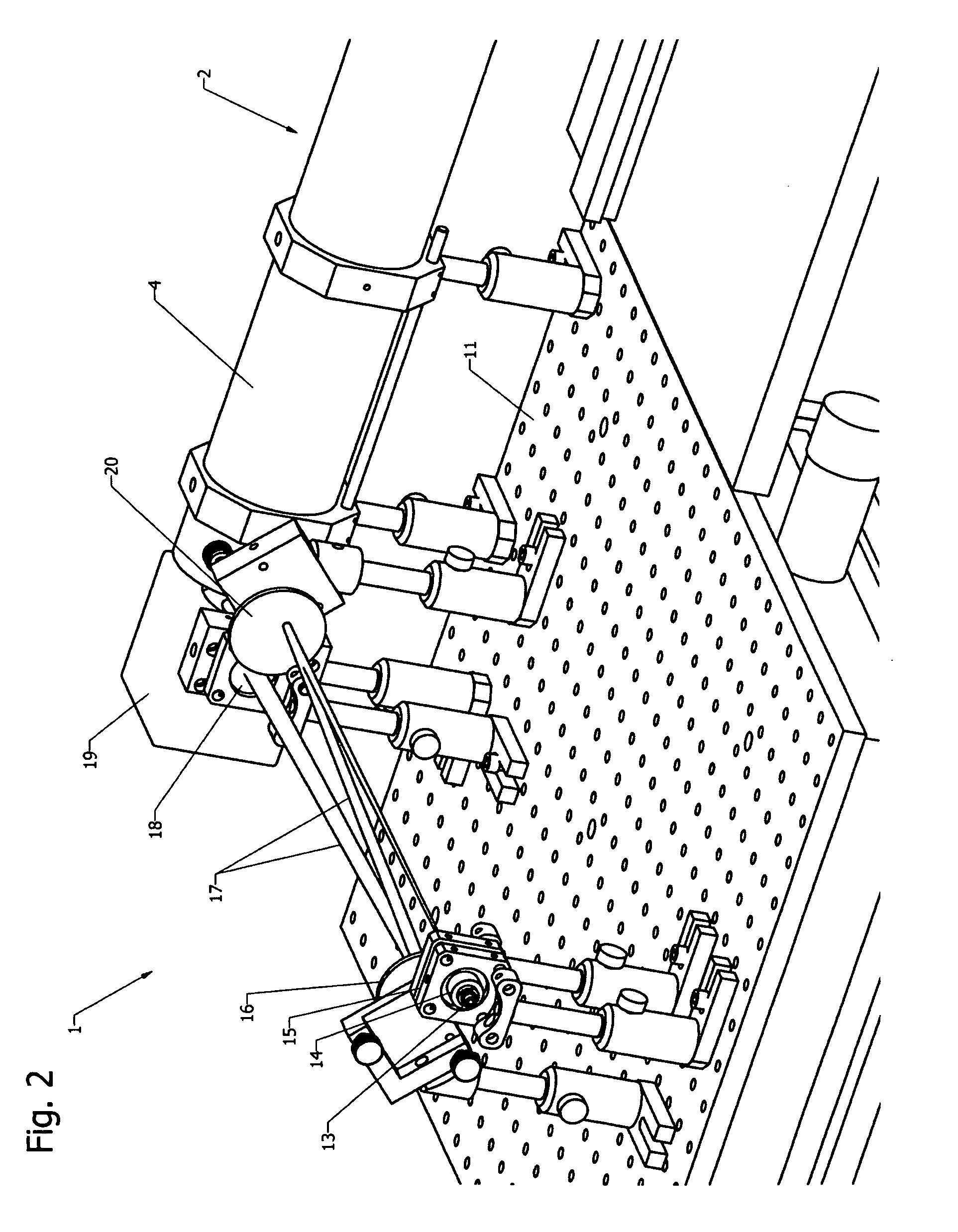Optical MRI device
- Summary
- Abstract
- Description
- Claims
- Application Information
AI Technical Summary
Benefits of technology
Problems solved by technology
Method used
Image
Examples
Embodiment Construction
Overview
[0057]The present invention relates to the light illumination and detection principles in dual-modality imaging systems combining fluorescence molecular tomography (FMT) and magnetic resonance imaging (MRI).
[0058]The design of known fluorescence imaging-MRI hybrid systems, compare e.g. Ref. [12] and [13], is dictated by the use of detectors located outside of the magnet requiring fibers for illumination and fluorescence detection that are in close proximity or even contact to the sample.
[0059]The present invention describes a fundamentally different approach of a non-contact FMT setup designed to fit into the bore of a magnetic resonance imaging system, in particular a small animal imaging system, avoiding the restrictions due to the limited number of sources and detection fibers. In the preferred embodiment, a single photon avalanche diode (SPAD) array detector is placed inside the magnet near to the sample. Illumination is provided with a free-space laser beam from outside...
PUM
 Login to View More
Login to View More Abstract
Description
Claims
Application Information
 Login to View More
Login to View More - R&D
- Intellectual Property
- Life Sciences
- Materials
- Tech Scout
- Unparalleled Data Quality
- Higher Quality Content
- 60% Fewer Hallucinations
Browse by: Latest US Patents, China's latest patents, Technical Efficacy Thesaurus, Application Domain, Technology Topic, Popular Technical Reports.
© 2025 PatSnap. All rights reserved.Legal|Privacy policy|Modern Slavery Act Transparency Statement|Sitemap|About US| Contact US: help@patsnap.com



